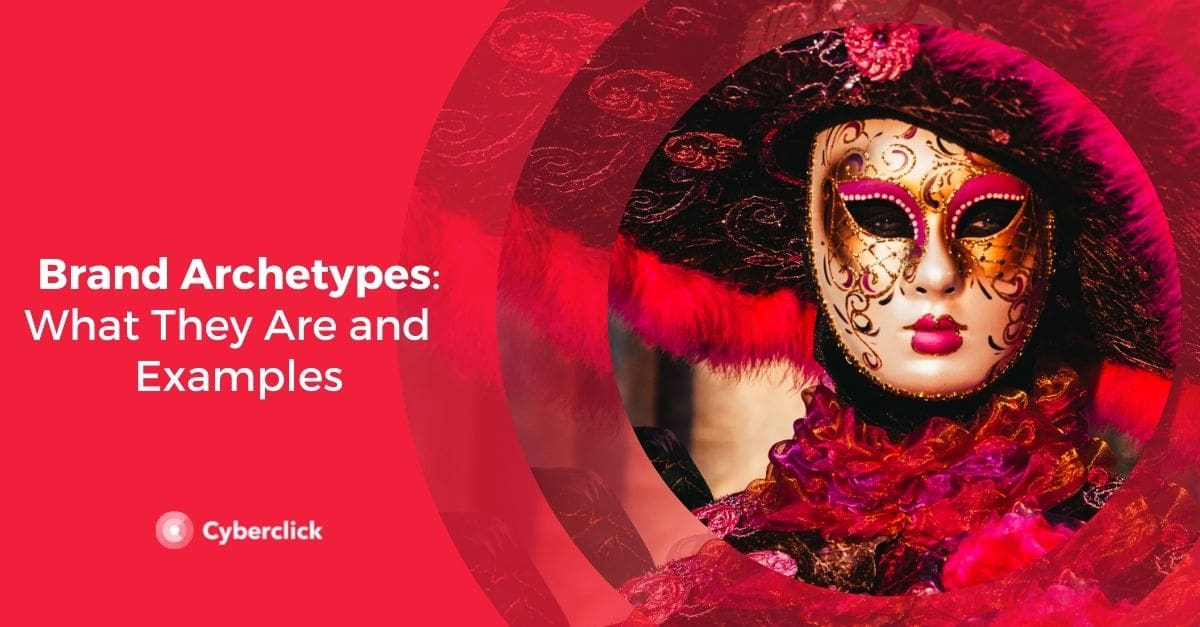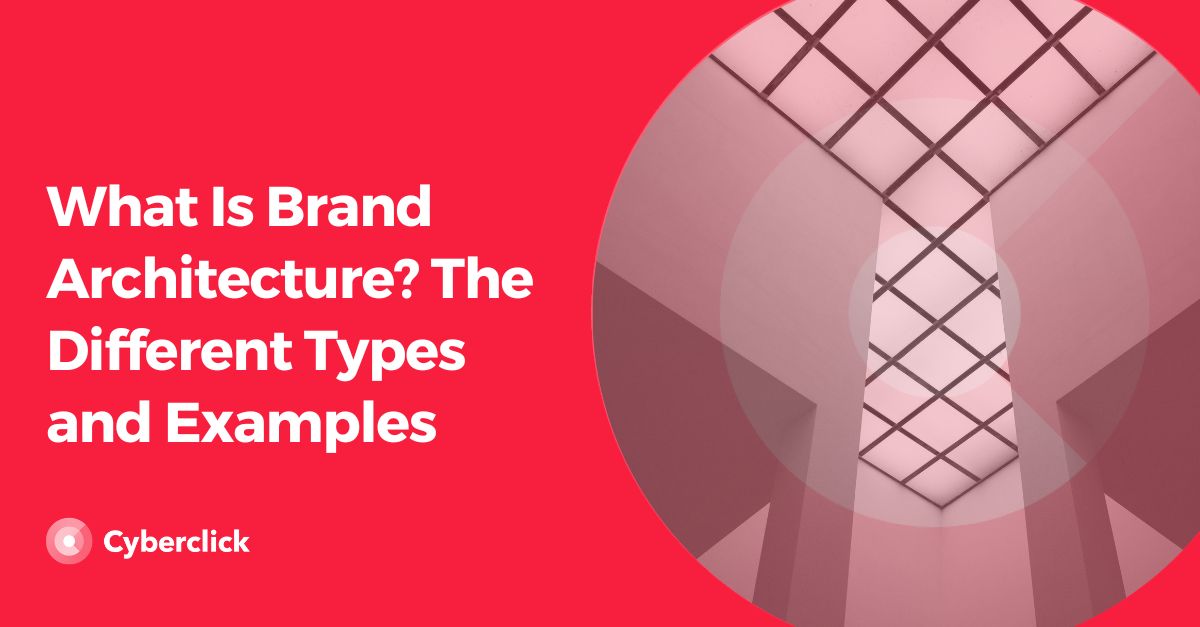Storytelling is one of the most powerful marketing tools for brands. It helps you connect with your target audience, be remembered, and portray the values of your company.
A basic factor of storytelling is characters. When you use storytelling techniques, the characters represent your brand and help your audience identify with them at the same time. In this article, we'll show you how to build unforgettable characters through Jung's archetypes.

What Are Jung's Archetypes and How Are They Used in Storytelling?
Carl Jung was a psychiatrist widely recognized for his contributions to the field of psychoanalysis. His theories expanded on Freud's work.
Jung's personality archetypes are crafted from emotional and behavioral patterns in the collective subconscious and determine how we perceive sensations, images, and the world in general. They help us to make sense of the reality around us.
When telling stories about your brand, Jung's archetypes can inspire you to design characters that are attractive and familiar to your audience. Each of them has characteristics that relate to your brand personality and make it easier to connect with customers and generate engagement.
When planning a storytelling strategy, it’s useful to know Jung's personality archetypes and understand which ones fit best for your company.
Jung's 12 Personality Archetypes
-
The hero: This is the typical protagonist who seeks to be strong and stand up for others. The hero is courageous, seeks justice and equality, and is often driven by a destiny he or she wants to fulfill. Heroes will stand up to the most powerful enemies if they believe they are wrong. Their goal is to help others and protect the weak. They align with brands that represent effort, victory, and honor.
-
The Sage: The Sage values ideas, is a good listener, and is able to explain complex concepts in a way that everyone understands. Their main characteristics are intelligence and curiosity, although they are sometimes frustrated by not being able to know everything. Brands that respond to this archetype are those that believe in the importance of knowledge to understand the world.
-
The innocent: This archetype is the naïve dreamer, with a positive and carefree attitude, who inspires joy in those around them. Their goal is to be happy and their greatest fear is being punished for doing something wrong. It is an appropriate archetype for brands that value progressive ideas and values and that seek to evoke emotions related to naivety and nostalgia.
-
The ruler: This archetype loves to be in control. They care about the welfare of their group or community and want others to share their vision, which can sometimes lead to frustration. It is closely linked to premium brands and aimed at an audience with high socioeconomic status.
-
The friend: This archetype is a trustworthy, realistic, and honest person. They are looking for a sense of belonging and their goal is to find a place where they fit in; on the other hand, they are afraid of being left out or standing out from the crowd. The brands that most identify with this stereotype are those that seek to connect with consumers through empathy.
-
The caregiver: A caregiver is a person who goes out of his or her way for others and is full of empathy and compassion. Their weak point is their kindness since others can easily take advantage of them. This archetype is ideal for brands with values related to generosity, compassion, altruism, protection, and closeness.
-
The lover: This character seeks harmony in their actions and is always trying to create a good relationship with people, their work, and the environment. They are great representatives, but they risk losing their identity by pleasing everyone. They are also characterized by their passion and enthusiasm, which makes them a very attractive archetype in brand communication.
-
The explorer: This archetype is always on the lookout for new adventures and thrills, whether it is a risky sport, a new country, or an unknown philosophy. In return, they find it difficult to settle down in a job or a relationship for too long. They represent brands with an independent, daring, and authentic personality.
-
The rebel: This archetype is the eternal nonconformist, always trying to change the world for the better and do things differently from the rest. They don’t care about being part of the herd and are always looking to inspire others to join their revolution. They are best for brands that seek to be remembered for breaking the norm.
-
The jester: They are the life of the party! They want to make those around them happy and love to use humor to change the perceptions of others. Their best talent is to make people laugh and to see the funny side of everything, even if they sometimes err on the side of irresponsibility. An ideal archetype for fresh, humorous brands with a carefree attitude.
-
The creator: This archetype is the opposite of the passive consumer. They prefer to create their own entertainment and are often involved in art or music. Creativity and imagination are their strengths, and they are well suited for brands looking to inspire their audience to bring out their best and make their mark on the world.
-
The magician: This archetype is formed by a charismatic character who is able to see things differently and use this vision to change the world. They strongly believe in their ideas and want to share them with others, but can sometimes appear manipulative or selfish. They are the archetype of imaginative, charismatic, exploratory, and confident brands.

Responsable de la estrategia de contenidos y visibilidad en Cyberclick, con enfoque Allbound y especialización en posicionamiento SEO, GEO y automatización con IA. Gestión avanzada del CRM con HubSpot: base de datos, workflows, lead nurturing, scoring y reporting. Experiencia en marketing digital, comunicación corporativa y periodismo, uniendo estrategia, creatividad y tecnología para captar y convertir leads cualificados.
Responsible for content and brand visibility strategy at Cyberclick, with an Allbound approach and specialization in SEO, GEO (Generative Engine Optimization), and AI-powered automation. Advanced HubSpot CRM management: database segmentation, workflows, lead nurturing, scoring, and reporting. Background in digital marketing, corporate communications, and journalism—combining strategy, creativity, and technology to attract and convert qualified leads.





Leave your comment and join the conversation